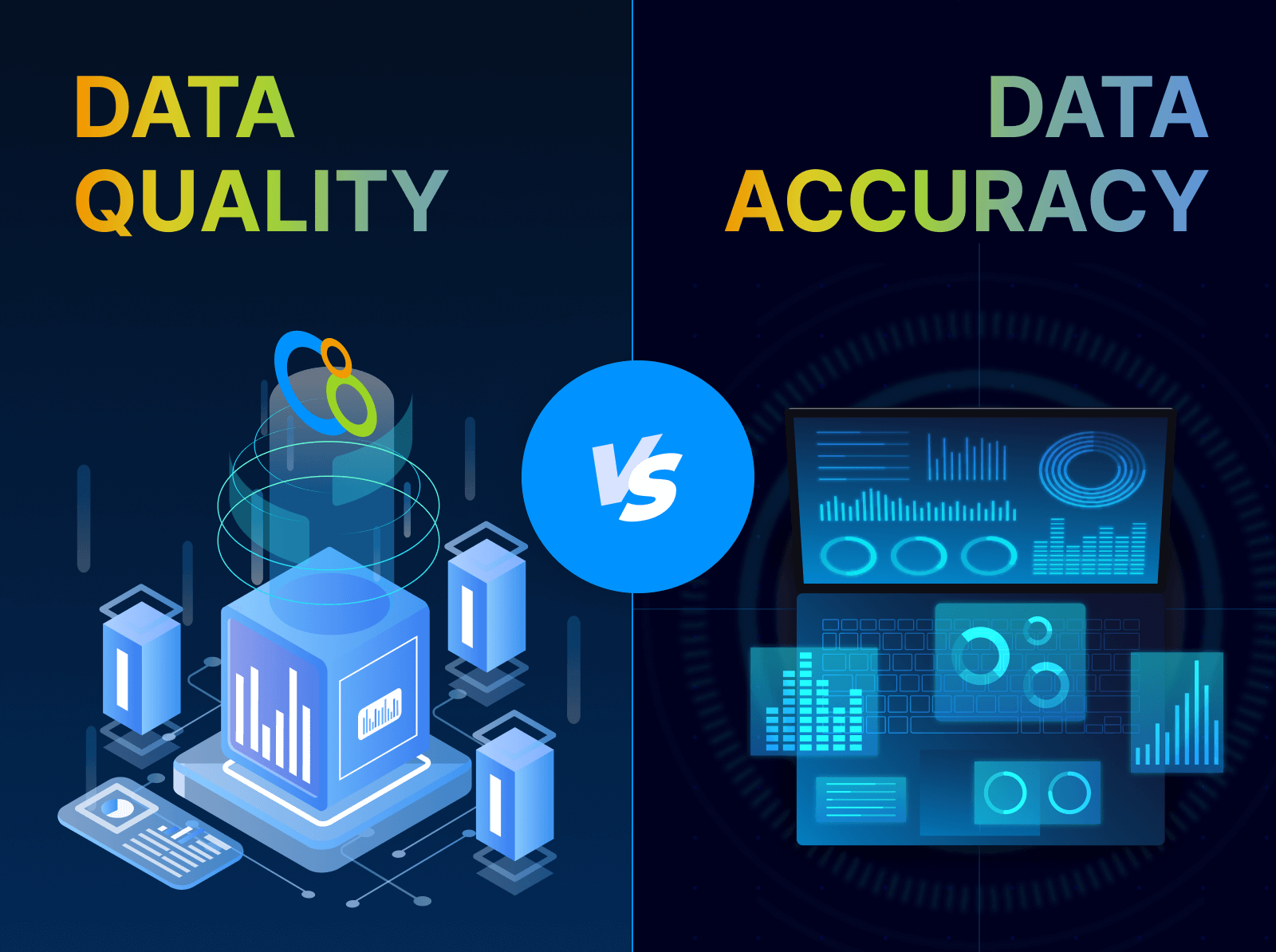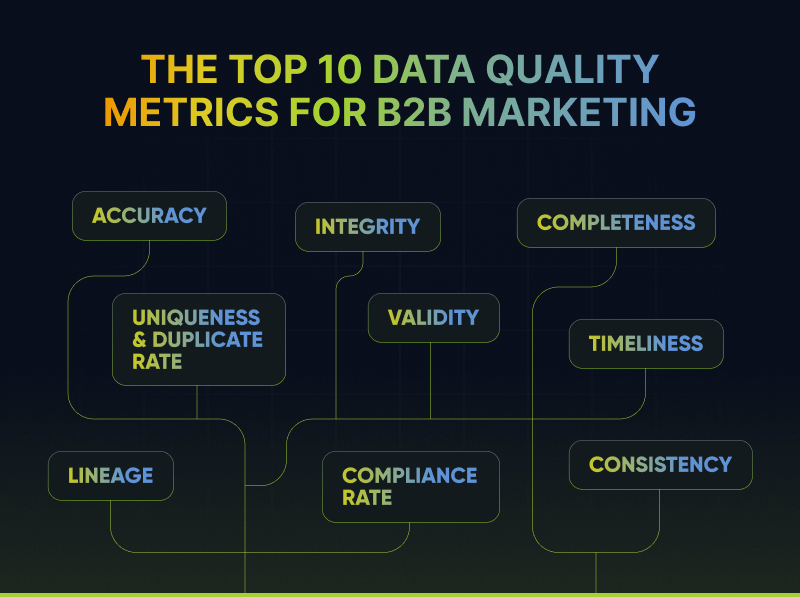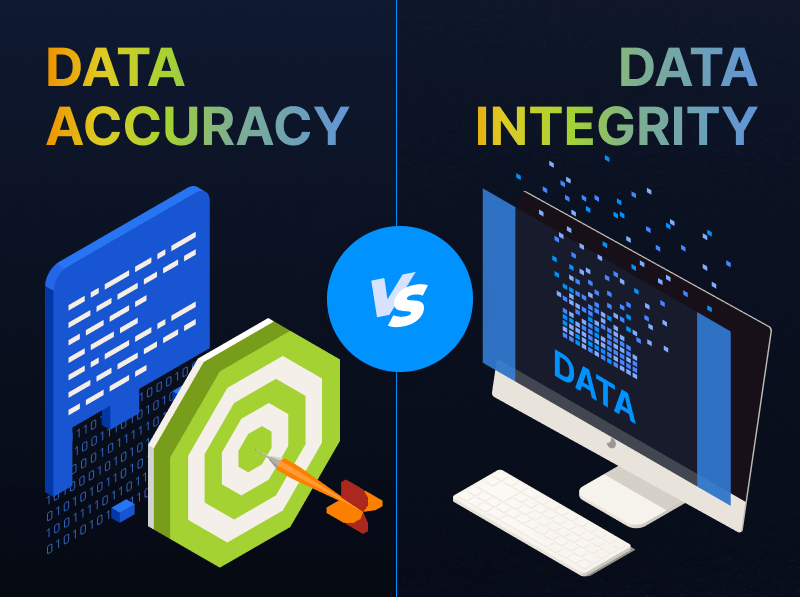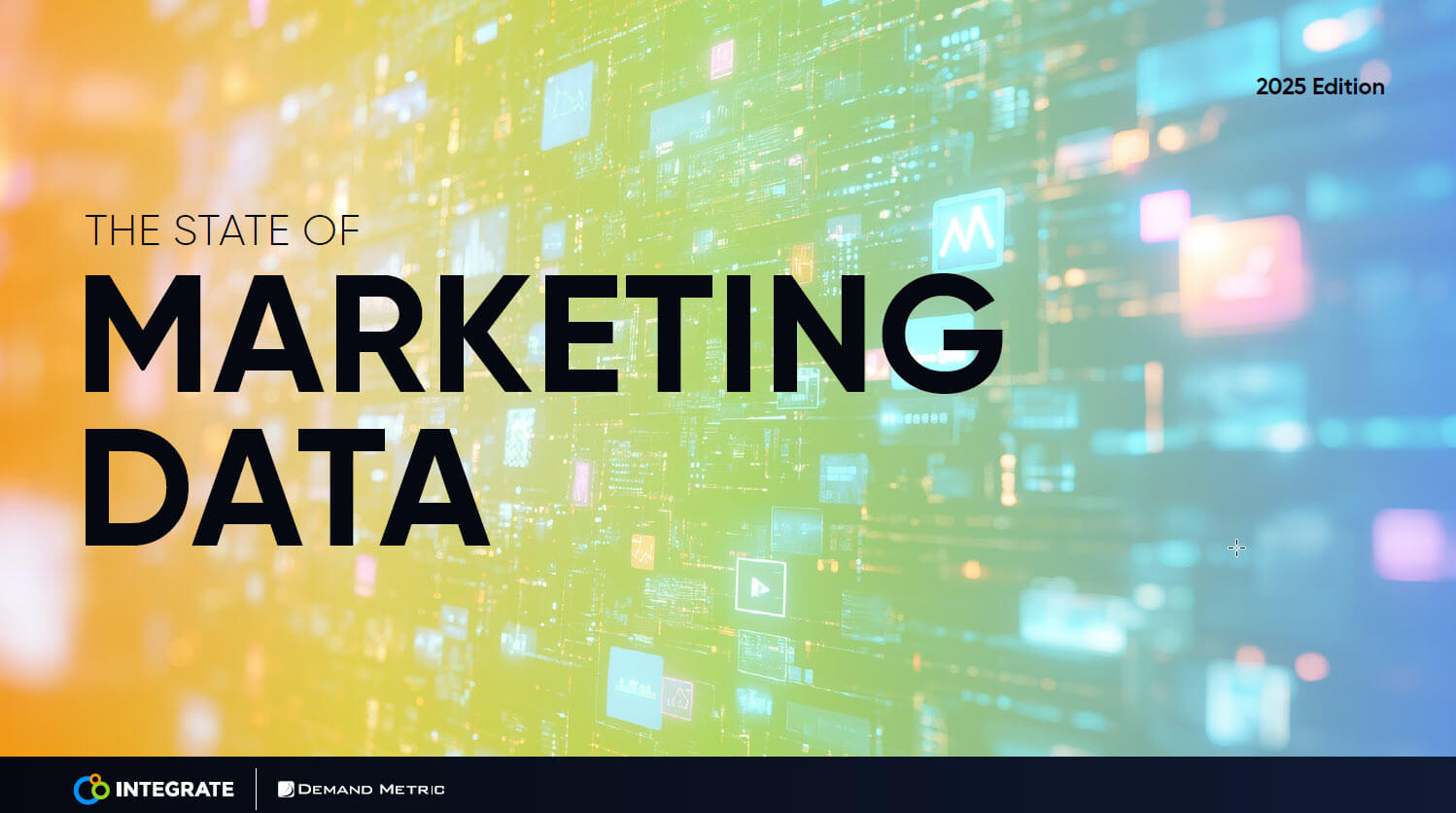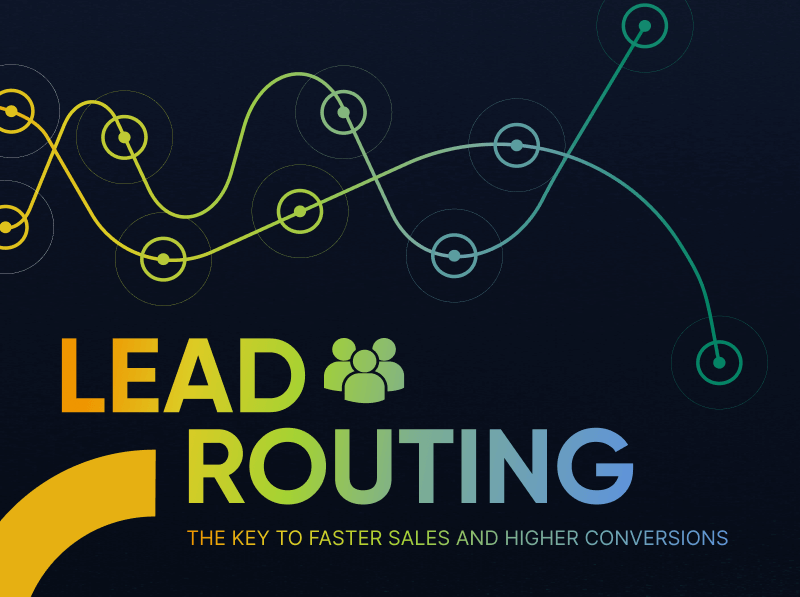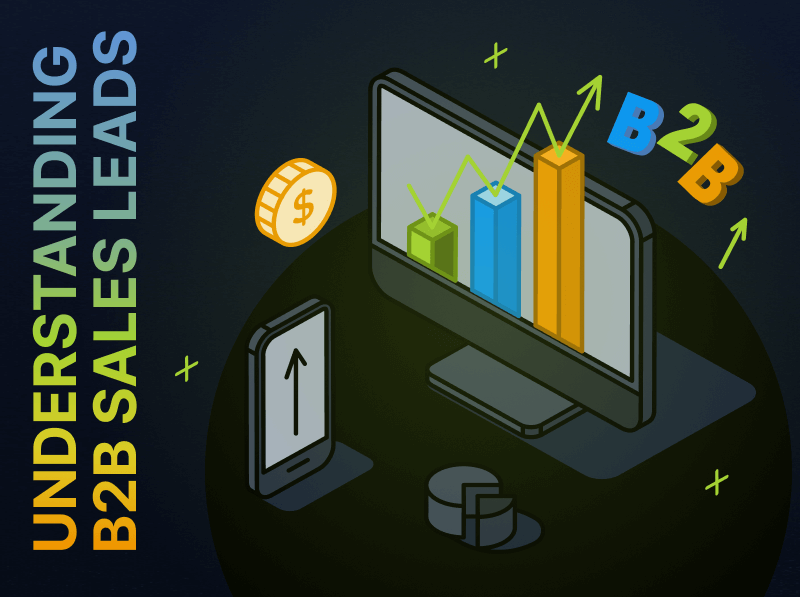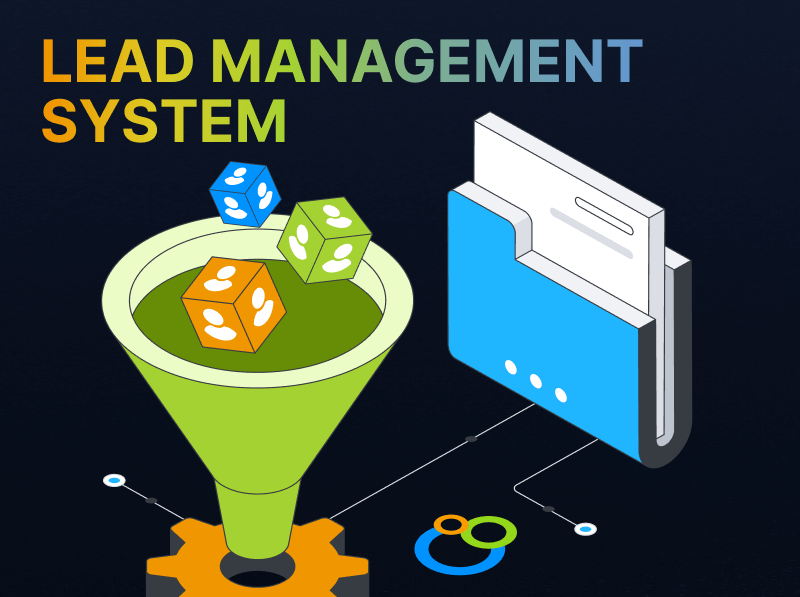Data Marketplace 101: How B2B Marketing Operations Can Leverage Third-Party Data, and When to Be Careful
What Is a Data Marketplace?
Welcome to Data Marketplace 101. There will not be a test at the end of the reading, but lack of diligent attention could result in a failing data strategy. Or massive fines and getting fired. So, you decide. A data marketplace is a platform that facilitates the buying, selling, and exchange of structured datasets. These marketplaces provide businesses with access to third-party data that enhances marketing efforts, improves customer targeting, and fuels business intelligence.
For B2B marketers, data marketplaces are massively valuable for account-based marketing (ABM), intent-driven lead generation, and data governance. Rather than sourcing data from individual providers, a marketplace consolidates multiple sources, allowing marketing operations teams to acquire high-quality, compliant, and actionable data at scale. However, not all data is created equal, and failing to vet your sources properly could lead to wasted budget, bad targeting, compliance violations—or worse, handing your legal team a crisis they weren’t prepared for. Read on to understand the advantages and considerations before investing in data from data marketplaces.
How Data Marketplaces Work
Data marketplaces operate in a few key ways:
- Data Providers List Datasets – Vendors supply datasets containing firmographic, technographic, intent, or contact-level information.
- Data Buyers Purchase or Subscribe to Data – Marketing teams access these datasets to enrich their existing records, target new accounts, or improve segmentation.
- Data Governance and Compliance Mechanisms Ensure Quality – Leading marketplaces enforce privacy laws, opt-in requirements, and verification processes to ensure data is legal and marketable.
Types of Data Available on a Data Marketplace
B2B Lead and Contact Data
These vendors specialize in business contact data, lead generation insights, and account intelligence that help sales and marketing teams identify target buyers.
- Intent Data – Signals from Bombora, 6sense, and Demandbase showing which companies are researching solutions.
- Firmographic Data – Details on company size, revenue, industry, and locations from sources like Dun & Bradstreet and Clearbit.
- Technographic Data – Insights into the tech stack companies are using, sourced from platforms like HG Insights.
AI and Big Data for Predictive Analytics
Unlike lead data providers, these “big data” marketplaces focus on structured, aggregated, and anonymized datasets that can be used for predictive modeling, market intelligence, and large-scale analytics.
- Market Intelligence Data – Aggregated insights from platforms like Snowflake Data Marketplace and AWS Data Exchange.
- Anonymized Behavioral Data – Large-scale datasets used for AI model training and predictive analysis.
Compliance-Friendly Data for Enrichment
This data helps companies enhance customer records while maintaining privacy compliance and adherence to regulations like GDPR and CCPA.
- Privacy-Compliant Lead Data – Pre-verified opt-in data from content syndication providers like NetLine or Foundry.
- Anonymized First-Party Data – Data that can be enriched without exposing PII, ensuring GDPR and CCPA compliance.
The Three-Way Intersection: Data Providers, Users, and Consumers
Data marketplaces function as dynamic ecosystems where different stakeholders interact. To understand how data flows through a marketplace, it’s helpful to break it down into three key groups.
1. Data Providers (Who Supplies the Data?)
Data marketplaces rely on data providers to supply structured datasets that marketers, sales teams, and analytics professionals use to drive better business decisions. These providers vary in type and function:
- Intent Vendors – Companies like Demandbase, Bombora, and 6sense provide real-time buying signals that indicate which accounts are actively researching solutions.
- Firmographic & Technographic Data Vendors – Providers such as Dun & Bradstreet and Clearbit supply company-level insights like industry, revenue, and technology usage.
- Content Syndication Networks – Networks like Pipeline360 and Foundry generate verified, opt-in lead data through gated content campaigns.
- Third-Party Data Brokers – Organizations that aggregate business contact lists or anonymized behavioral data for broader market intelligence.
Marketing Operations Considerations:
Marketing operations professionals must vet providers to ensure data is compliant, accurate, and usable before integrating it into marketing and sales workflows.
2. Data Users (Who Leverages the Data?)
Marketing operations professionals, sales teams, and data engineers use marketplace data for:
- Account Enrichment & Lead Scoring – Enhancing CRM records with up-to-date firmographic and technographic insights.
- ABM Targeting & Personalization – Identifying high-intent accounts and serving personalized ad campaigns.
- Marketing Analytics & Predictive Modeling – Using anonymized behavioral data to improve segmentation and forecasting.
Marketing Operations Considerations:
- Ensure marketplace data is structured correctly before entering marketing workflows.
- Filter out non-compliant leads that could create legal risks.
- Apply enrichment logic to enhance existing CRM records without introducing redundant or incorrect data.
3. Data Consumers (Who Benefits from the Data?)
Once marketplace data is validated and processed, different teams within the organization use it to drive strategy and execution. The main consumers of this data include:
- Marketing Teams – Use enriched lead and intent data for account-based marketing (ABM), campaign segmentation, and digital advertising.
- Sales Teams – Prioritize high-intent accounts and enhance prospecting efforts using real-time buyer insights.
- Customer Success & Retention Teams – Leverage behavioral and firmographic data to identify at-risk accounts and improve upsell opportunities.
- Executives & Business Intelligence Teams – Use aggregated marketplace data to assess market trends, competitive positioning, and demand generation performance.
Marketing Operations Considerations:
Marketing Ops ensures that only accurate, high-quality data is delivered to the right stakeholders, reducing wasted effort and maximizing marketing ROI.
Data Processor vs. Data Controller in Data Marketplaces
Under regulations like GDPR, companies involved in data collection and processing must understand whether they act as a data controller or a data processor when working with marketplace data.
- Data Controller – Determines the purpose and means of processing personal data. This could be a marketing organization that buys data from a marketplace and decides how to use it.
- Data Processor – Processes data on behalf of a controller, following their instructions. A marketplace vendor supplying verified intent data but not making decisions on how it is used would be considered a processor.
Marketing Operations Considerations:
- Ensure contracts with data providers clarify whether they are controllers or processors.
- Work only with processors who provide compliance documentation.
- Implement internal policies that align with GDPR and CCPA requirements for data processing.
How Marketing Operations Teams Leverage Data Marketplaces
1. Using Intent Data to Generate ABM Account Lists
- Identify in-market accounts using Demandbase’s AI-powered intent data.
- Cross-reference with CRM to prioritize high-fit prospects.
- Activate lists in LinkedIn Ads, programmatic display, or outbound campaigns.
2. Ensuring Privacy Compliance with Pre-Verified Lead Data
- Work with content syndication networks that enforce opt-in policies.
- Validate data sources meet GDPR and CCPA requirements.
- Automate lead rejection for non-compliant or duplicate records.
3. Automating Data Governance & Lead Verification
- Select a marketplace that automates lead validation and enrichment.
- Use data transformation tools to normalize field values before CRM ingestion.
- Implement real-time compliance monitoring dashboards to track data integrity.
Compliance Risks in Data Marketplaces & How to Mitigate Them
1. Buying Non-Compliant Contact Data
Risk: Some vendors sell non-opt-in contact lists, violating CAN-SPAM, GDPR, and CCPA.
Solution: Only purchase data with timestamped consent logs.
2. Improperly Enriching CRM Data
Risk: Enriching first-party CRM data with unverified third-party sources may violate privacy laws.
Solution: Use account-level and anonymized enrichment data rather than individual contact records.
3. Sending Cold Emails to Purchased Lists
Risk: Email marketing to non-opt-in lists results in legal penalties and poor sender reputation.
Solution: Use marketplace data for ABM targeting and digital ads rather than direct email outreach.
Final Thoughts: Should Marketing Teams Use Data Marketplaces?
✅ YES, if:
- You are using intent data to prioritize ABM accounts.
- Your team enriches CRM data without exposing PII.
- The marketplace guarantees compliance with privacy regulations.
❌ NO, if:
- You plan to buy raw email lists for direct outreach.
- You cannot verify opt-in records and compliance status.
- Your team lacks governance controls for data security and accuracy.
By leveraging data marketplaces responsibly, marketing operations teams can improve ABM performance, enhance lead quality, and maintain compliance—without exposing their brand to unnecessary risk.
Class is over. Well done. Curious how a lead management platform can accelerate the advantages of data marketplace data while relieving the risk? Sign up for office hours for extra credit.


